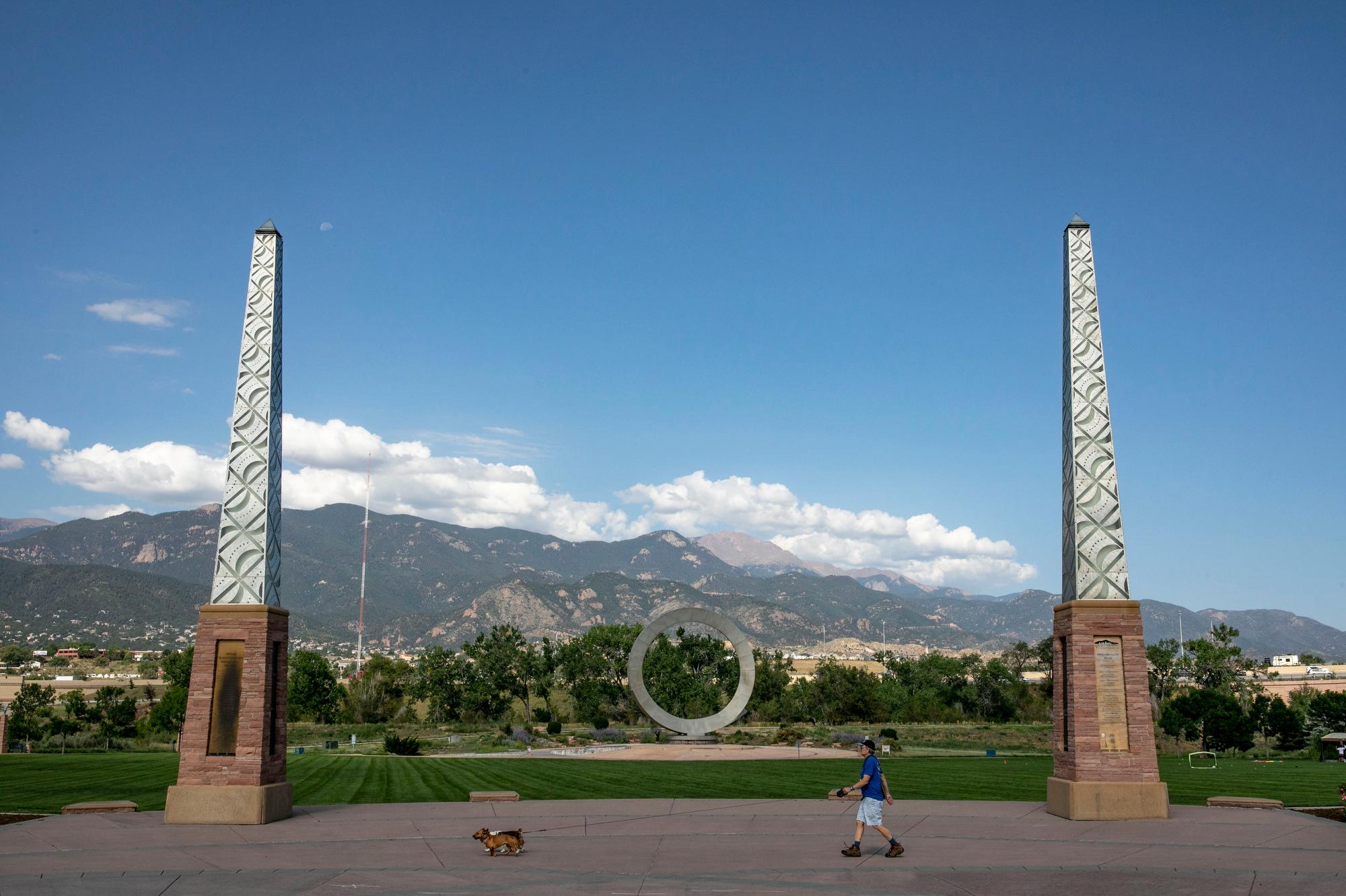
The cost of living in Colorado Springs rose to its highest level on record during the third quarter this year. The data from the Council for Community and Economic Research’s national Cost of Living Index show costs in the state’s second largest city are 109 percent the national average. It’s the third quarter in a row the index has shown a new record for the Springs, keeping the city above the national average since mid-2019.
In Denver, the index found higher costs still — nearly 115 percent the national average.
The quarterly index is compiled by measuring “relative price levels for consumer goods and services in participating areas.” The goods range from steak to Kleenex and are measured alongside dental visits, home prices and gasoline.
Housing and transportation costs were primary drivers in the high costs seen in Denver and Colorado Springs, especially as reduced capacity at refineries and high crude oil prices led to drivers paying more at the pump in Western states than anywhere else in the country in recent months. However, fears of the new omicron variant of COVID-19 have led oil prices to reverse course in the last couple of days.
The prices of utilities and health care in Colorado Springs, however, were just below the national averages in the third quarter.
The other Colorado cities participating in the index include Westminster (108 percent the national average), Grand Junction (99 percent) and Pueblo (98 percent.)
New York City, specifically the island of Manhattan, topped the index list for most expensive place to live in the U.S., with living costs a staggering 240 percent of the national average. On the low end, Kalamazoo, Michigan, the cost of living is 76.5 percent of the average.








